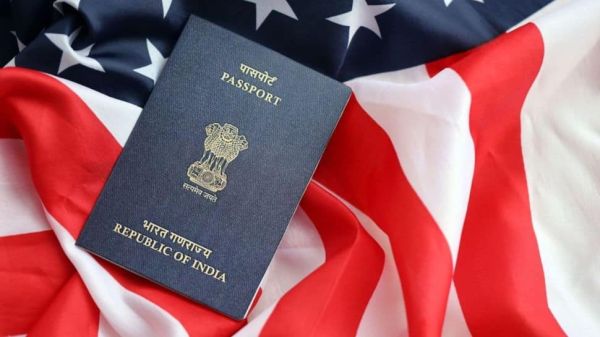Form-13: Essential for EPF Transfers When You Change Jobs
While many salaried employees are familiar with Form-16 for Income Tax Returns (ITR), fewer know about Form-13which is equally crucial — especially when it comes to your job and your money. Linked to the Employees’ Provident Fund (EPF)Form-13 plays a vital role when you switch employers.
Here’s a complete guide to understanding what Form-13 is, why it matters, and how to use it.
What is Form-13?
Form-13 is a key document used to transfer your EPF account from your previous employer to your new employer. When you change jobs, your provident fund savings and service history need to move along with you, and Form-13 facilitates this seamless transfer.
Without transferring your EPF, you could lose track of funds, miss out on accumulated interest, and complicate your pension eligibility later.
Why is Form-13 Important?
-
Connects Old and New EPF Accounts: Form-13 links your previous and current EPF accounts.
-
Single View of PF Balance: After a successful transfer, your entire PF balance and service record are visible in one place.
-
Prevents Loss of Interest: Consolidating accounts helps preserve earned interest.
-
Maintains Service Continuity: Essential for pension calculation and eligibility under the EPFO’s pension scheme.
-
Simplifies Fund Management: With a merged account, tracking your retirement savings becomes far easier.
How to Fill Form-13?
Filling out Form-13 has become very simple with digital platforms:
-
Online through EPFO Portal:
-
Visit the EPFO website or use the Umang app.
-
Login using your UAN (Universal Account Number) and password.
-
Navigate to “Online Services” > “One Member One EPF Account (Transfer Request)”.
-
Fill in the required details about your old and new employers.
-
Submit the request online.
-
-
Approval from Employer:
In some cases, employer verification may be required before the transfer is processed.
Once completed, the funds and service details from your previous EPF account are merged into your new EPF account.
Final Word
Understanding Form-13 is crucial for all working professionals. It ensures that your hard-earned retirement savings are properly tracked, your service benefits are protected, and you enjoy a smooth transition every time you change jobs. Don’t ignore this important step — your future financial security depends on it!









